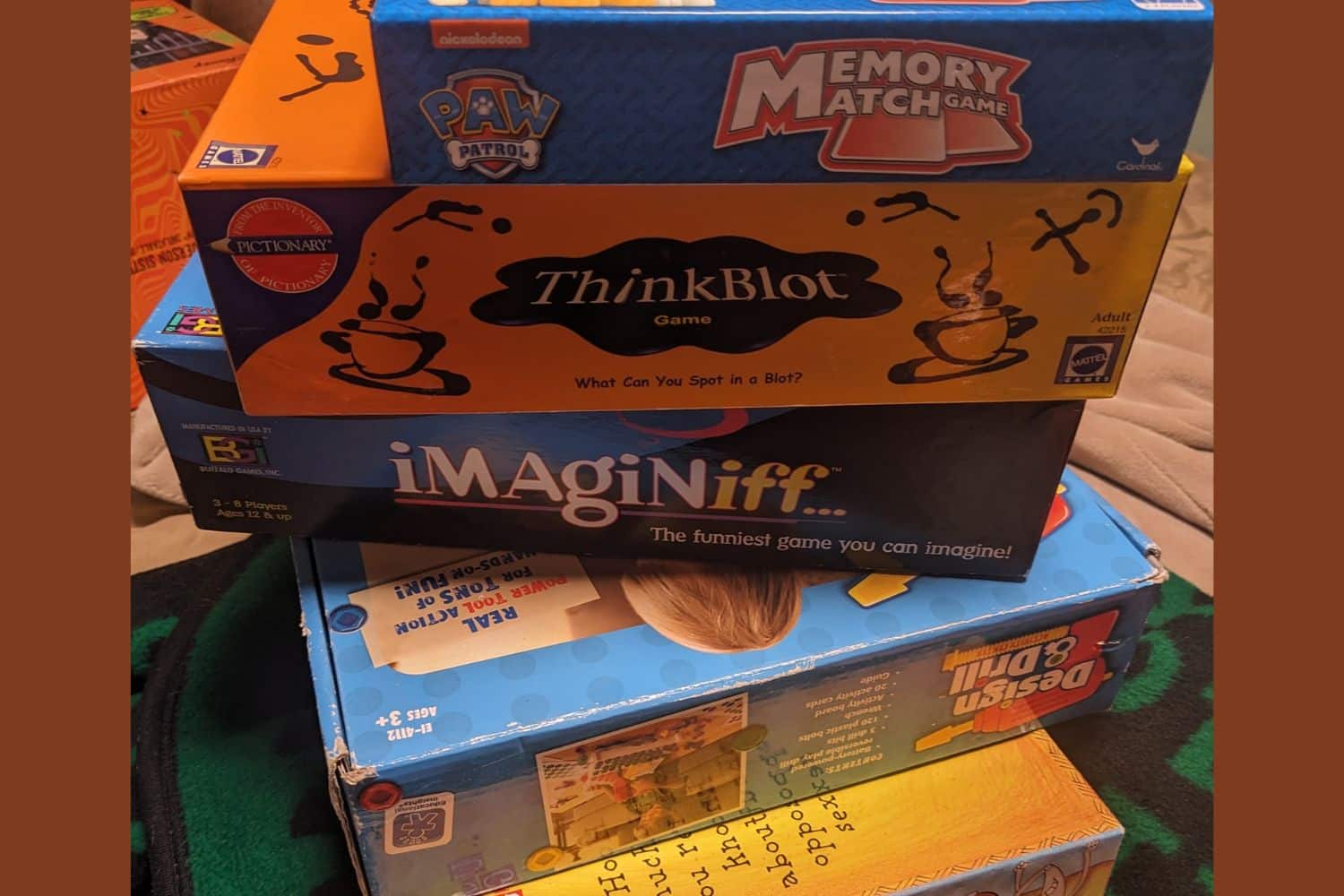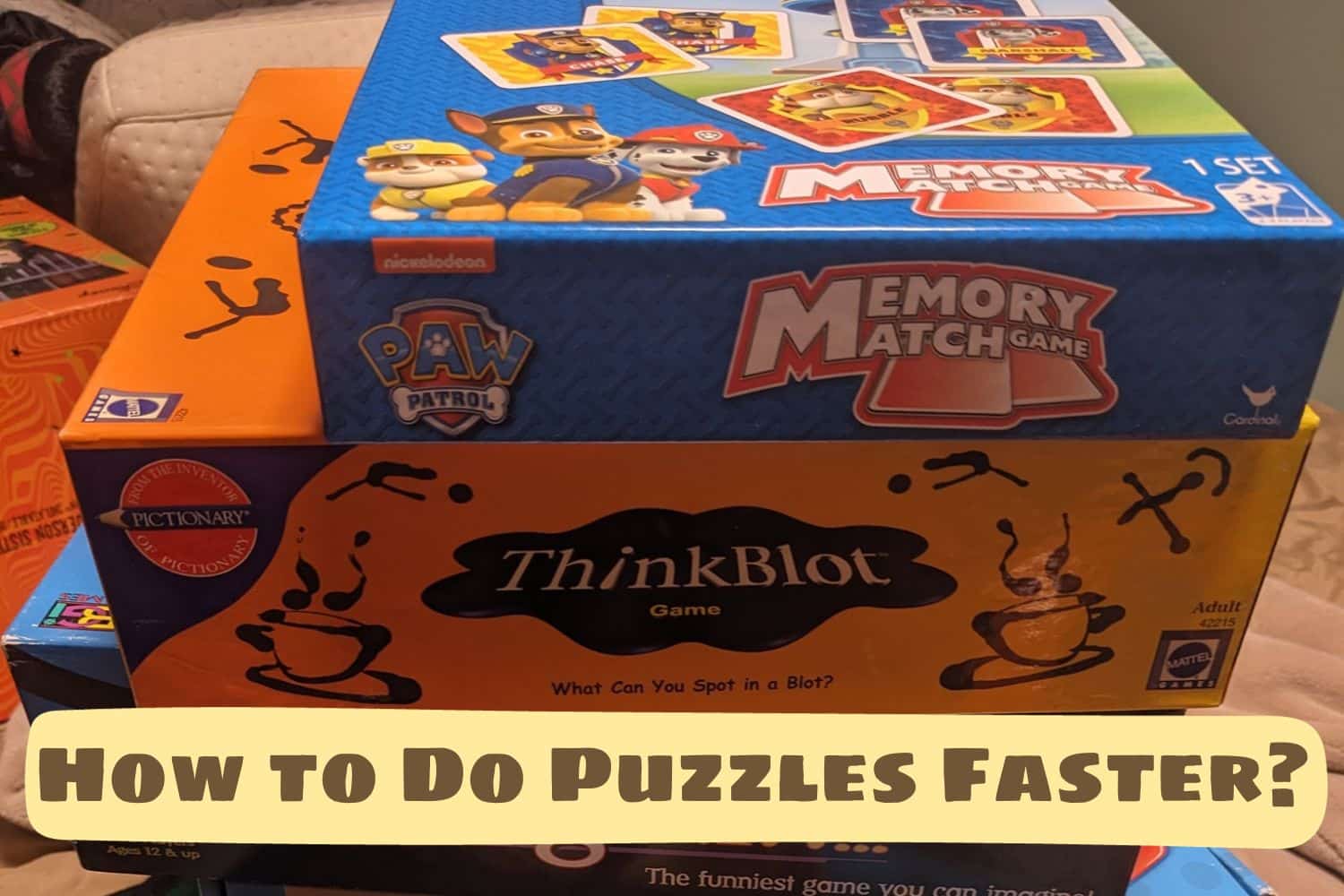Are you looking for how to do puzzles faster and more efficiently? Learn how it’s done here with helpful tips and tricks from experts!
How to Do Puzzles Faster?
Are you tired of working on puzzles for hours and days without finishing them? Are you looking for ways to finish your jigsaw puzzles faster without compromising the quality of your work?
Whether you’re a beginner or have been playing with puzzles all your life, some easy tips can help speed up the process.
In this blog post, we will provide expert advice and guidance on how to do puzzles faster, from selecting puzzle pieces wisely to organizing and properly solving sections to maximize efficiency.
So if you’re ready to say goodbye to slow-moving projects and start blazing through the best jigsaw puzzle challenges like pros do, keep reading!
Tips on How to Do Puzzles Faster

Prepare to begin by selecting a puzzle that sparks your motivation and interest
- This could be a puzzle featuring a monument or place you have visited, as it will provide a sense of satisfaction once completed. It is important to choose a puzzle that matches your skill level. Beginners should start with puzzles containing fewer pieces, while adults can begin with a puzzle of around 500 pieces. As you gain more experience, you can gradually increase the complexity.
- When starting, opt for puzzles with a variety of colors. As you become more skilled, you can challenge yourself with puzzles that have fewer colors. For puzzles with over 4,000 pieces, they are typically classified. However, for particularly intricate puzzles, it is not sufficient to separate the pieces solely based on color.
- Create a suitable environment for solving puzzles. Find a well-lit area, preferably with natural light, where you can relax and focus. Dedicate time each day to work on the puzzle, knowing that patience, determination, and practice will help you improve. Don’t become frustrated if you encounter difficulty assembling a piece.
Prepare the work area in a methodical way to make the puzzle assembly easier
- Begin by classifying the pieces by colors, tones, and textures, separating the edges and corners. Even if all the pieces look the same, still separated by textures like trees and grass. Additionally, differentiate the pieces by their orientation, whether they are more horizontal or vertical. This is especially important when multiple dies follow a specific pattern. Arrange the pieces in columns, all facing the same direction based on their recesses or projections. This will make it simpler to locate them visually. Don’t forget to also identify and separate any rare pieces, such as zippers, that may be present.
- To start assembling the puzzle, focus on the areas that have distinct objects. Begin with the edges, unless they are all the same color. In that case, start with small areas that stand out, either by colors or letters. It’s also wise to begin with the easiest pieces, those that are most noticeable or prominent. By completing the edges first, you will have a better understanding of the puzzle’s overall size and can plan where the other pieces will go in specific areas. Work on specific areas, like the sky or an area with trees, to build the puzzle in a more organized manner.
- Pay attention to the unique characteristics of the puzzle pieces. Some have tabs, which are parts that stick out, while others have spaces. Take note of the different patterns the puzzle follows, such as a horizontal piece with tabs on the sides followed by a vertical piece with spaces on the sides. Utilize these patterns to guide your puzzle assembly.
- As you continue with the puzzle, sort the pieces specifically by color and place them roughly in their corresponding location according to the image. Fill in the spaces between the completed areas to complete the puzzle.
- For added convenience and protection, consider using a puzzle roll. This is a special mat that allows you to roll up the puzzle without disassembling it, making it easier to transport or store. Ensure that you assemble the puzzle on support with measurements larger than the puzzle itself, as stated on the box so that you can easily move it if needed.
Conclusion
By using the strategies in this blog post, you will be a puzzle master in no time! Take your newfound knowledge and show the world how quickly you can complete those puzzles that once seemed impossible.
Start slowly and work your way up to the harder puzzles. Don’t forget to take breaks if you need them and practice good posture while doing the puzzles.
Increase your success rate by setting goals, finding patterns in the pieces, and keeping detailed notes of what has already been completed.
Do puzzles as often as you can to help build your confidence while also training yourself to find better ways to break down each puzzle for faster completion.
With patience and persistence, your skills will continue to grow until you become an expert puzzle solver. So if you’re looking for an entertaining pastime or a new challenge, grab some puzzles and get started – it’s time to begin honing your puzzling prowess!
Thanks for reading our article How to Do Puzzles Faster. If you want to know more information, visit our website here.
Read more:
Are Building Block Toys Also Considered Toy Games?

